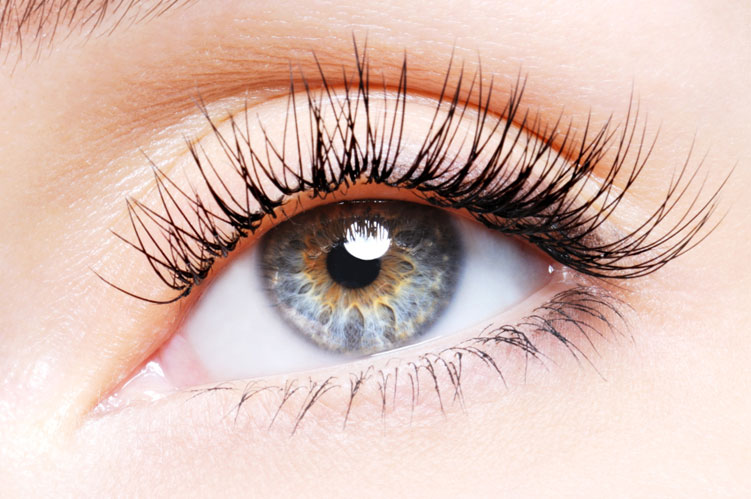Corneal blindness affects roughly 8 million people worldwide, and traditional treatments and surgical interventions have seen little long-term success. With a new vision for stem cell corneal transplantation, and a $1.25 million grant from the National Eye Institute, Cedars-Sinai co-investigators Alexander V. Ljubimov, PhD, FARVO, and Clive Svendsen, PhD, hope to treat previously untreatable patients suffering with corneal blindness.
Our proposed and first-of-a-kind research deals with collecting human eye cells, reprograming them back in time to a stem cell state and then using them to create a corneal cell source for transplantation. If successful, this could result in future human clinical trials that may lead to improved vision and overall quality of life, said Ljubimov, principal investigator of the grant and director of the Eye Program at the Cedars-Sinai Regenerative Medicine Institute. We are first experimenting with allogeneic cells from eye donors, but hope to use persons own cells in the near future.
A common cause of corneal blindness is limbal epithelial stem cell deficiency, which means that a patients history of genetics or eye injuries results in corneal scarring, blood vessel growth, and outgrowth of conjunctiva, all of which lead to vision loss.
This stem cell therapy approach uses induced pluripotent stem cells (iPSC), which are adult cells that are genetically reprogrammed to function as embryonic stem cells. Typically, iPSC technology has used stem cells from other places in the patients body, such as the skin, or from donor cells. However, advances in stem cell technology could make it possible for doctors to harvest stem cells from a patients own cornea or sclera (the white of the eye) and then transplant the reprogrammed cells back into the cornea of the patient.
If successful, this new approach may pave the way for human trials in patients affected by limbal epithelial stem cell deficiency, said Svendsen, director of the Cedars-Sinai Regenerative Medicine Institute. The engineering of a patients own adult stem cells to embryonic stem-like cells for the use in corneal transplantation may provide a noteworthy treatment alternative to patients affected worldwide.
Svendsen and Ljubimov lead a highly respected research team that includes Mehrnoosh Saghizadeh, PhD, co-investigator of the grant and assistant professor of surgery; Yaron Rabinowitz, MD, director of Ophthalmology Research and co-investigator of the grant; and Dhruv Sareen, PhD, director of the Regenerative Medicine Institute’s iPSC core facility.
The research project grant is the first NIH R01 grant awarded to the newly established Cedars-Sinai Regenerative Medicine Institute and was given under the application Stem Cell Approaches to Developing New Therapies for Ocular Diseases.”
This grant aims to restore function in diseased eye tissues through the revitalization of existing cells or the transplantation of new cells. The National Eye Institute, part of the National Institutes of Health, leads the federal government’s research on the visual system and eye diseases and supports basic and clinical science programs that result in the development of sight-saving treatments.































